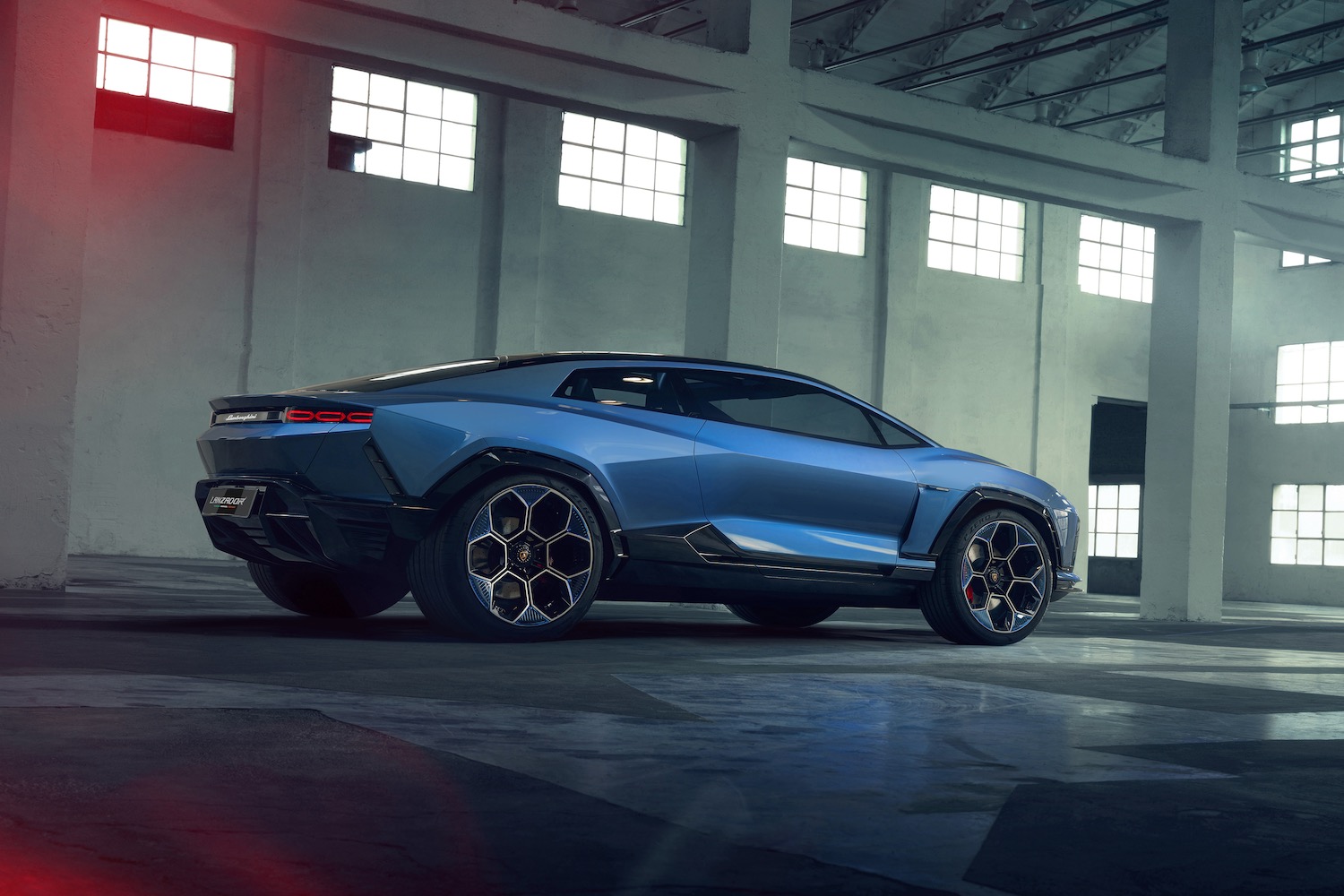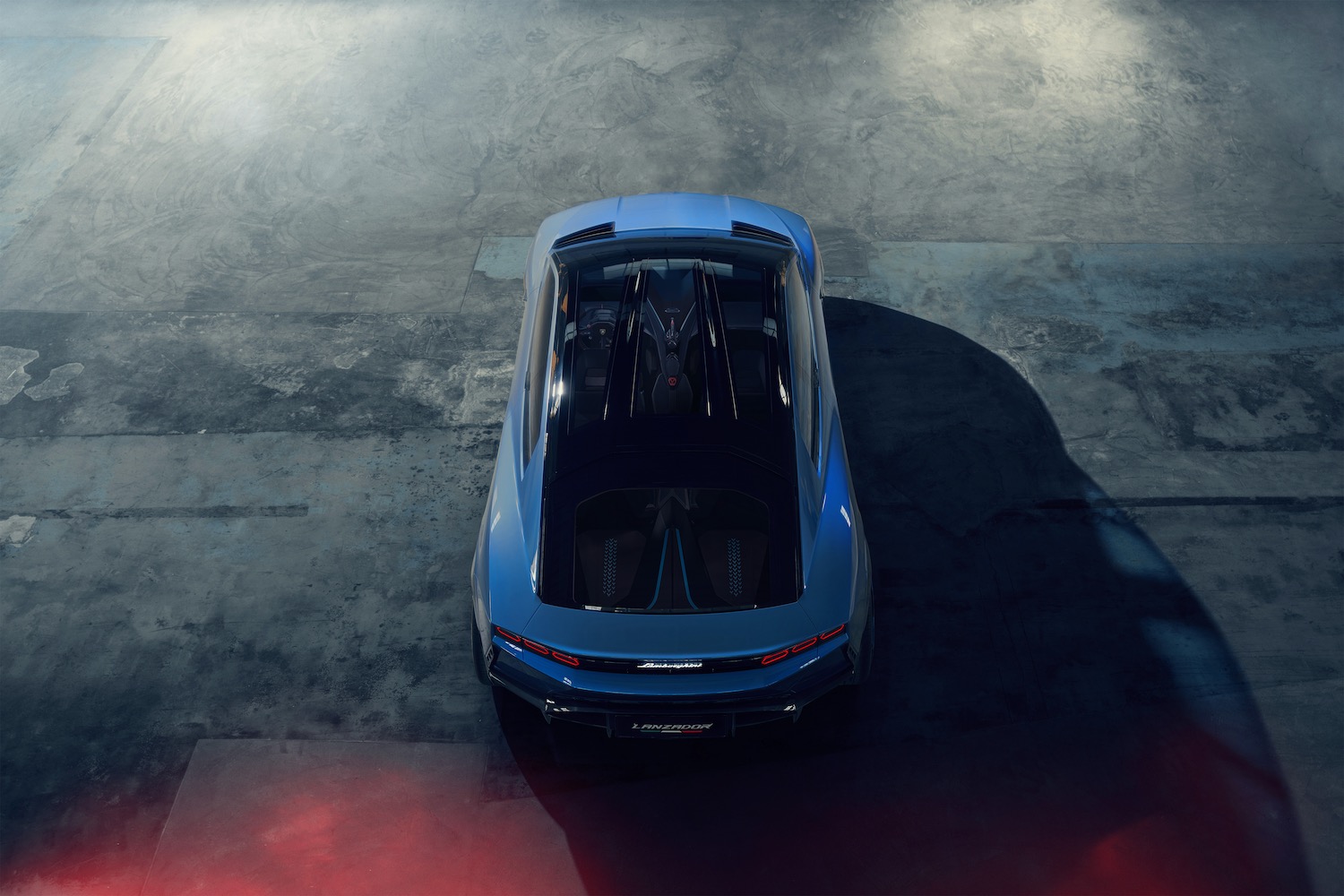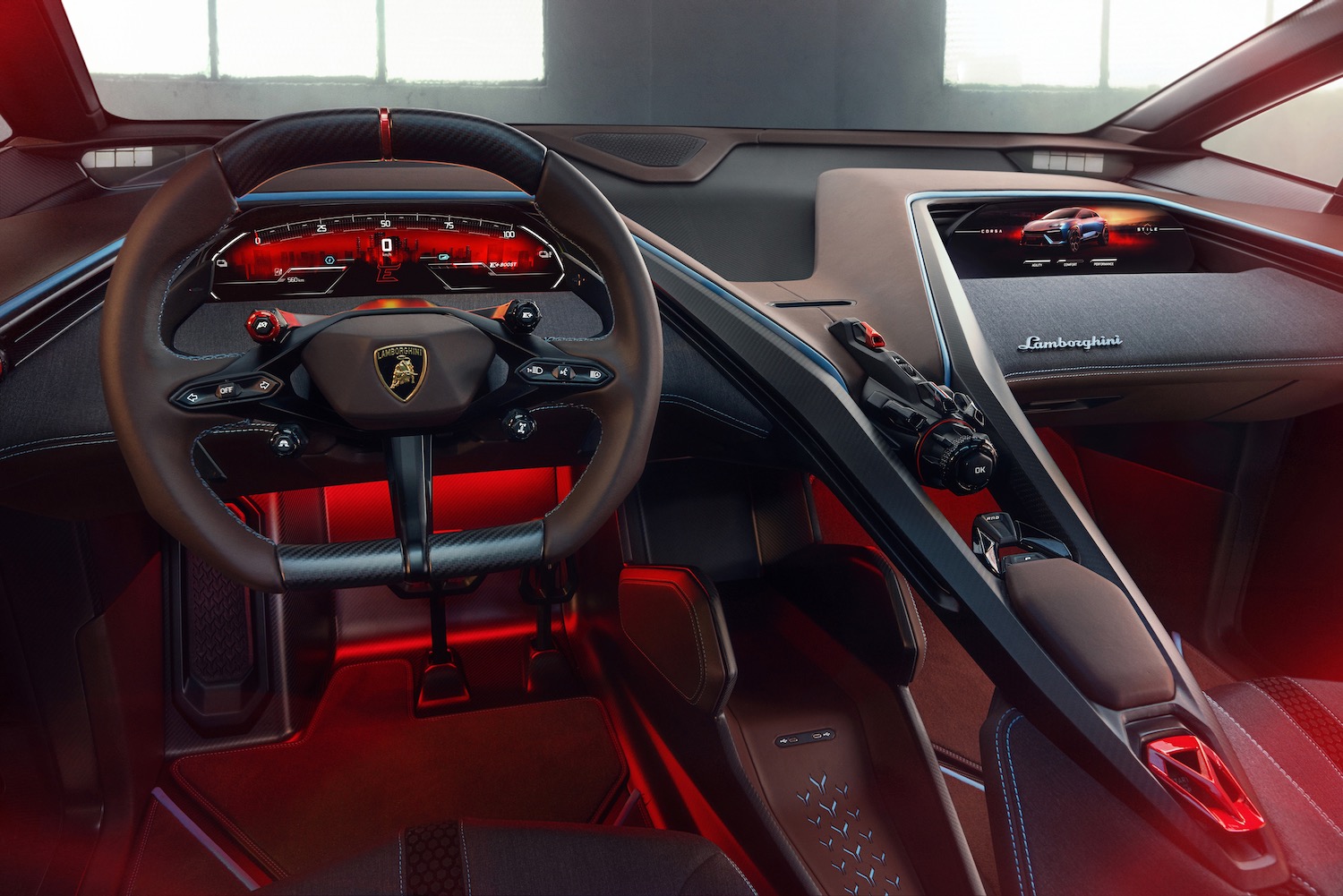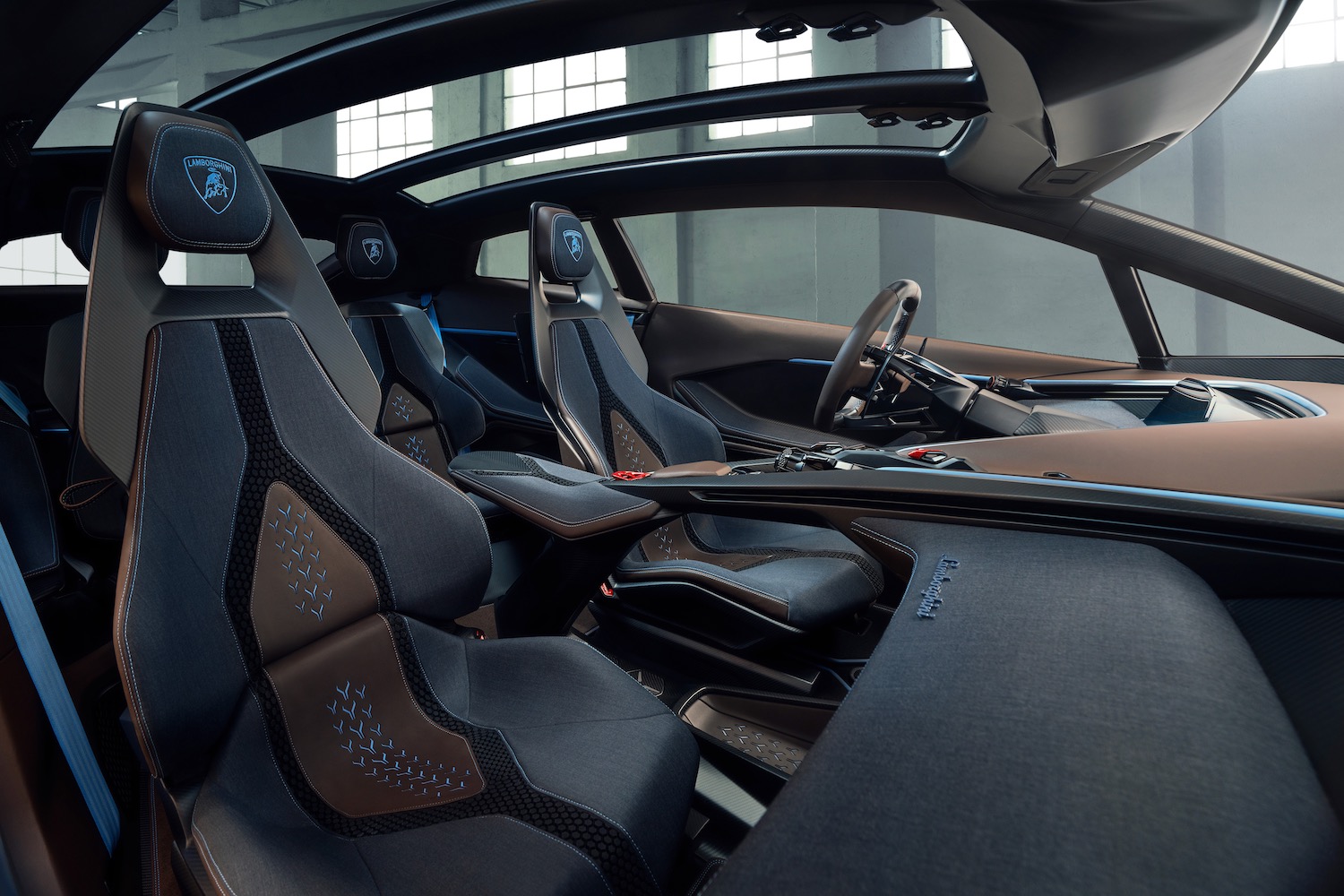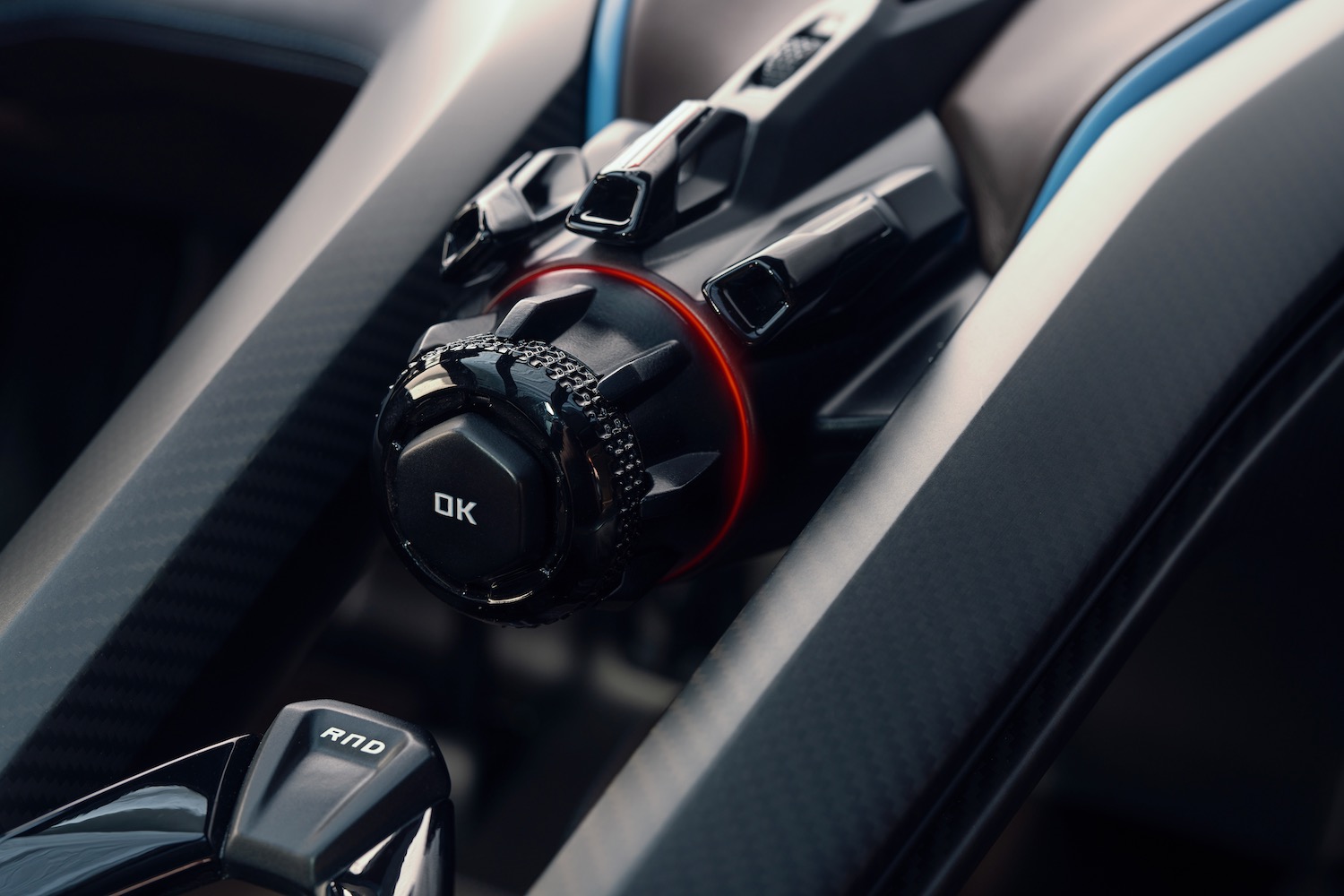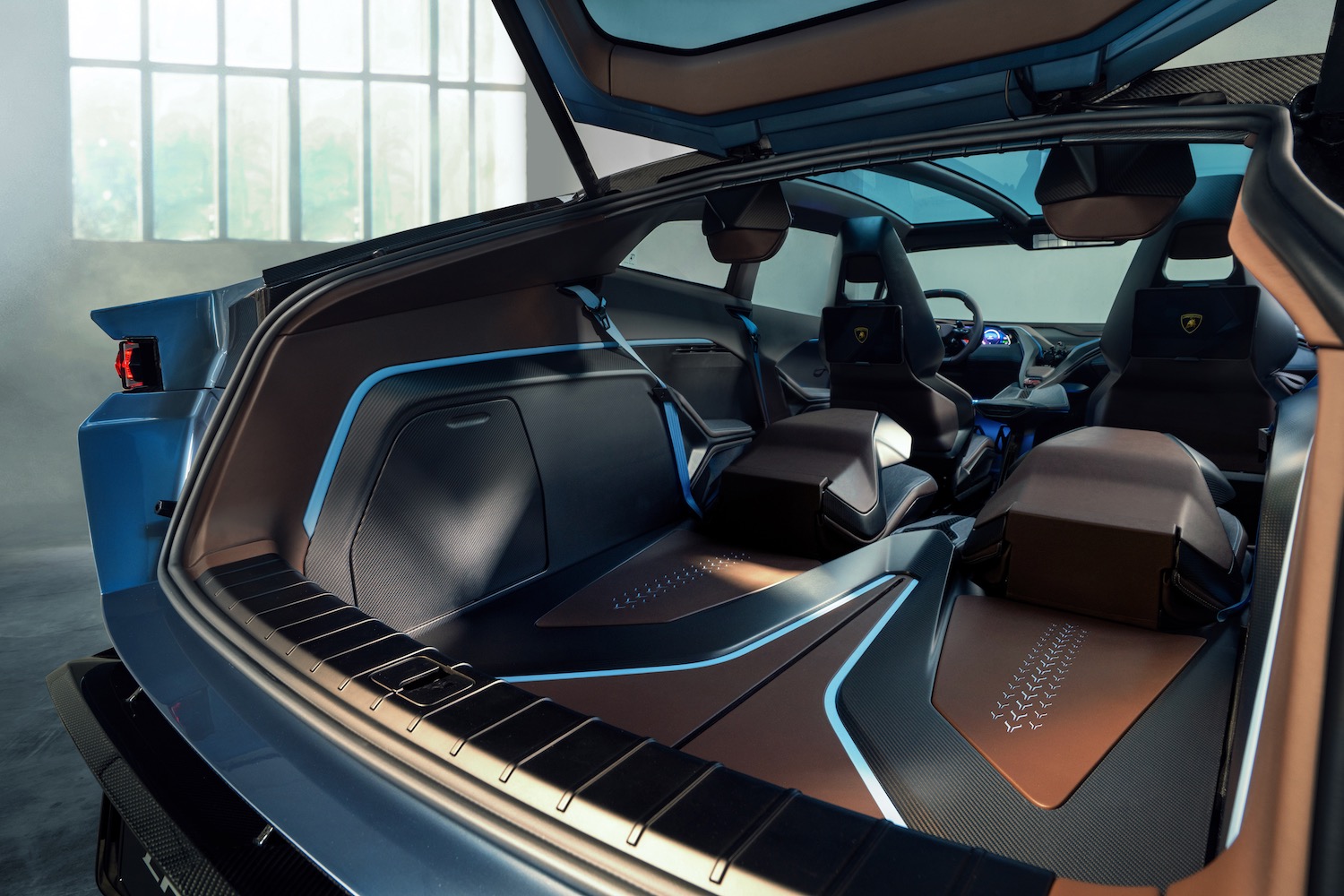
Lamborghini provided the first glimpse at its electric future with the Lanzador, an all-electric concept car that previews the Italian automaker’s first EV, debuting in 2028. But an electric powertrain isn’t the only thing that sets the Lanzador apart from the Lamborghinis of today.
Lamborghini’s current lineup includes two-seat mid-engined supercars and the Urus SUV. The Lanzador represents a third body style: the “2+2” grand touring car, with occasional-use rear seats. Lamborghini has built cars like this before, including the Espada, Urraco, and Jarama, but the Lanzador adds a more SUV-like raised ride height, something Lamborghini has already dabbled with in the Huracán Sterrato. That should make tackling steep driveways less perilous than in current Lamborghini supercars, while folding rear seats provide additional cargo space.
Details on the powertrain are few, but Lamborghini did confirm a dual-motor all-wheel drive system with an output of “over one megawatt,” or 1,341 horsepower. To tame all of that power, Lamborghini equipped the Lanzador with a variety of drive modes, wheel-speed control that regulates power distribution to individual wheels, and active aerodynamic elements that can direct airflow to maximize cooling and efficiency or generate grip-enhancing downforce.
Intended to be more luxurious than a traditional Lamborghini, the Lanzador features active air suspension that automatically adjusts itself to road conditions or the driver’s style, or can be manually adjusted with controls on the steering wheel. Rear-axle steering helps increase agility.
The interior is defined by a wedge dividing the driver and front passenger, who each get their own individual screens. There is no central touchscreen, just a protuberance that houses infotainment and climate controls. It’s not the most visually attractive or ergonomic-looking interface, however.
Lamborghini made a point of using sustainable interior materials from Italian suppliers, including Merino wool stitched with thread made from recycled nylon, recycled plastics, 3D-printed seat foam made from recycled fibers, and “regenerated” carbon fiber trim. Even the leather upholstery is sustainably tanned, using leftover water from olive oil production. This means the water is used in two industrial processes before being treated, helping to reduce overall water use.
The Lanzador will go into production later in the decade as the fourth Lamborghini model, and the only one so far confirmed as an EV. The Revuelto plug-in hybrid launches later this year as a replacement for the flagship Lamborghini Aventador. Lamborghini plans to make the rest of its lineup plug-in hybrids by the end of 2024 with a plug-in successor to the Huracán and a Urus plug-in hybrid. An all-electric SUV isn’t out of the question, but expect Lamborghini to avoid turning its marquee supercars into EVs until the bitter end.


